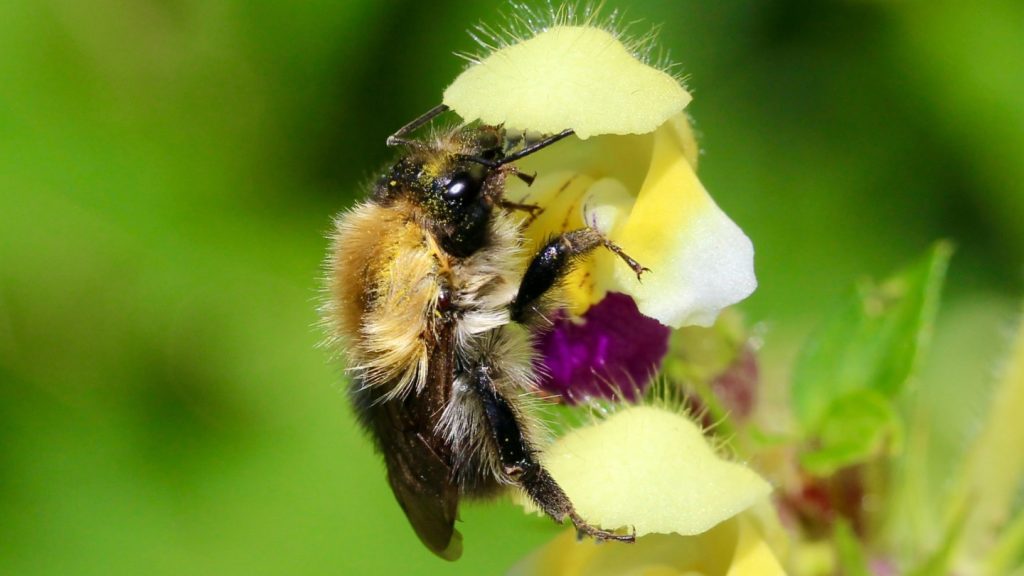The ability of bumblebees to smell flowers is essential for their survival as it leads them to their food sources. Recent research has shown that exposure to simulated heat waves can reduce the ability of bumblebee antennae to detect flower scents by up to 80 percent. This decrease in the sense of smell can have negative effects on the survival of bumblebee colonies.
The study conducted by insect ecologist Sabine Nooten and her team exposed two common bumblebee species to simulated heat waves by placing them in tubes at high temperatures. The bees were then tested to see if their olfactory sensory neurons in their antennae could still detect chemical compounds found in flower scents. The results showed that the heat waves significantly reduced the strength of the neurons’ electrical signal, especially in worker bees.
Interestingly, even after giving the bees time to recover at ambient temperatures, their sense of smell did not fully return. The fact that the antennae did not recover swiftly suggests that bumblebees may struggle to find food for their colonies after experiencing heat waves. This could have a cascading effect on the survival of the entire colony, potentially contributing to the decline in bumblebee populations.
Climate change is expected to increase the severity and frequency of heat waves, posing a significant threat to bumblebees and other pollinators. As the world warms, bumblebees must find ways to adapt to cope with these extreme conditions. Understanding the impact of heat waves on the ability of bumblebees to smell flowers can help conservationists develop strategies to protect these important pollinators.
The findings of this study have important implications for the conservation of bumblebees and other bee species. The negative effects of heat waves on worker bumblebees’ sense of smell could contribute to declines in bumblebee populations. Further research is needed to determine if other bee species are similarly affected by heat waves and to develop effective conservation measures to protect these vital pollinators in the face of climate change.


